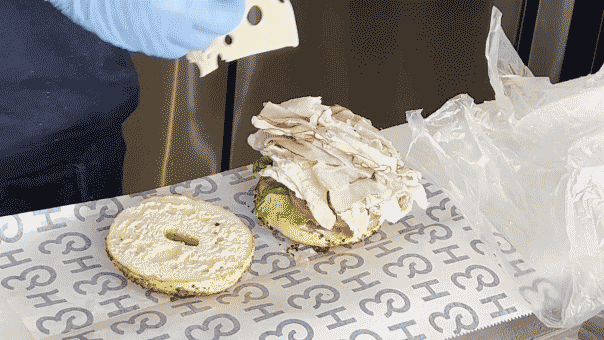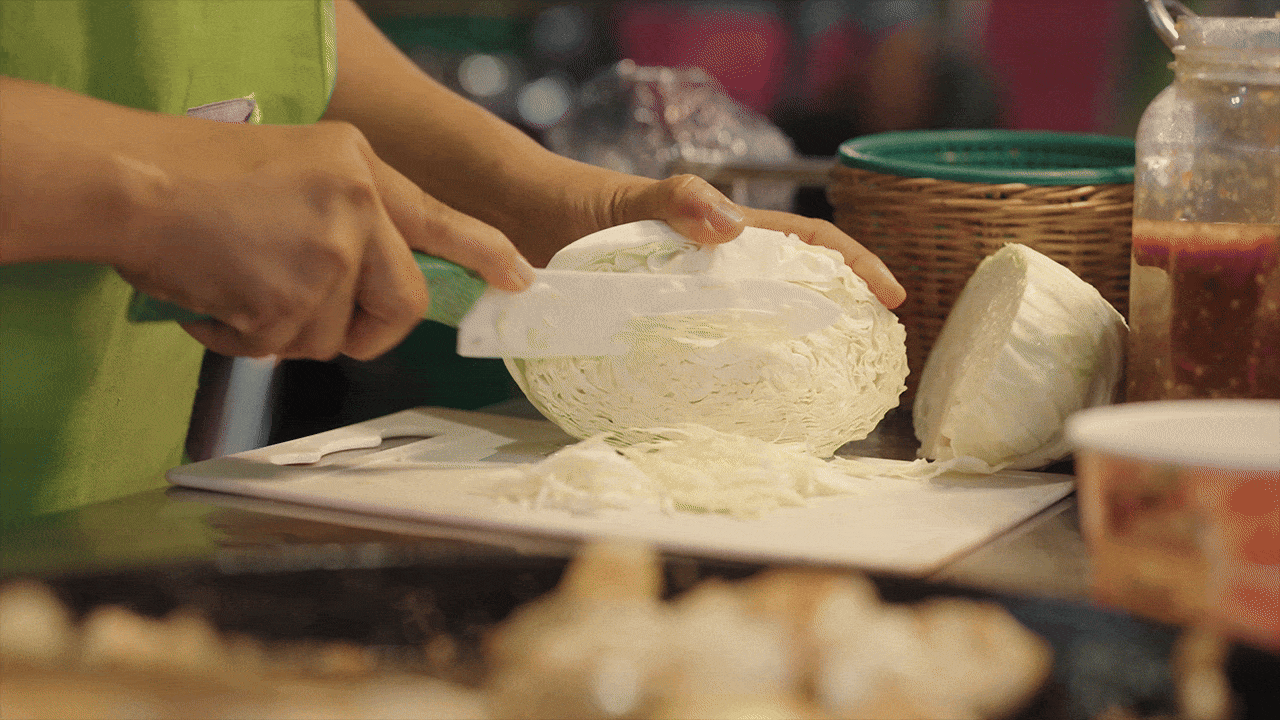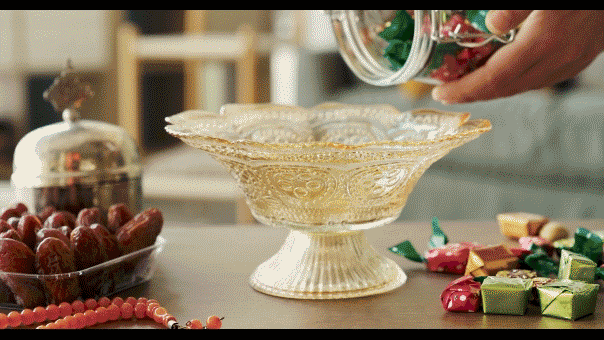
Is there anything better than a classic grilled cheese made with American slices? (iStock)
Let's get the obvious question out of the way: why American cheese?
For the philosophical argument, let's defer to greater minds such as those of J. Kenji López-Alt and Kat Kinsman, who rise in defense of the ubiquitous, much-detested cheese product. "It is my moral and ethical imperative to tell you that breakfast would be a lesser beast in the absence of American cheese," writes Kinsman. "All cheese is processed," writes López-Alt—cheese only seems like a gift from god, he reasons, but in reality requires human intervention. American cheese is no different, so what's all the fuss about?
There are dissenters, of course. "If cheese is 'milk's leap towards immortality,'" objects one particularly fiery writer from the site Organic Authority, "then pasteurized processed cheese product is milk's deal with the devil—a complete transformation into a shell of its former self, utterly stripped [of] soul and substance."
Not only is American cheese unique in its capacity for melting, it represents a proud history, created in the early 20th century as a way to use up scraps left over from the cheese-making process, or to repurpose cheese that was otherwise less than perfect.
More From epicurious
James L. Kraft's idea was to melt that rejected cheese down, add a stabilizer—and bang, Mssr. Kraft was bouncing down the road toward his eponymous Singles. His "process cheese product," as it's now called, would come to be defined as "a mild, meltable, and stable concoction of natural cheese bits mixed with emulsifying agents to make, in the law of the land, 'a homogeneous plastic mass.'" ("Plastic" in the older adjectival sense, of course: "capable of being molded or modeled." Not that this is great for American cheese's branding.)
And that, friends, is the story of American cheese: one of wastelessness and ingenuity. It is not necessarily a story of great flavor, but flavor is sort of beside the point when it comes to American cheese—mostly it's about the meltability.
More: The Hottest, Gooiest, Creamiest Ways to Cook with Cheese
Unless you make your American cheese at home, in which case you have access to a wide range of flavors. And it's shockingly easy.
Despite their bad reputation, modern-day process cheese products generally come with an ingredient list that only a few brave heroes are willing to defend in public. (López-Alt, for instance, who published a piece last year listing and explaining all the typical components making up your slab of Velveeta.)
Included in that list is "sodium citrate," for instance, which sounds alarming but in truth is the crucial element that keeps process cheese from breaking or becoming greasy when it melts—and also lends its emulsifying muscles, Kenji points out, to such everyday foods as bratwurst, Italian sausage, and ice cream.
When I started this project I dug through various DIY recipes, which tend to call for ingredients that might not be immediately at hand: whole milk powder, for instance, or tapioca starch, or evaporated milk. Was this really necessary, though? Would it be possible to make American cheese at home that required no special ingredients, tasted delicious, and would melt beautifully?
It was, it does, and it would. (The inclusion of gelatin means the cheese is not vegetarian, of course, but bear in mind that some vegetarians regard a lot of cheese as not vegetarian, on account of the rennet.) In fact, the recipe is devilishly simple. It takes about 15 minutes.
Start with a cheese that has a flavor you like. Colby is a traditional option, and will get you closest to the store-bought stuff, but any cheese that's not too hard (no Parmesan, for instance, or aged gouda) and shreds easily will work. Cheddar, if you like. Havarti. Monterey Jack. Whatever it is, shred it and place it in the bowl of a food processor.
All that's left to do now is heat some milk, throw some gelatin in it, and blend this all together into a smooth paste. And to find a mold: if you've got a cute butter mold in the shape of, I don't know, Flossie the Cow, now would be a fine time to use it. I had good luck simply lining a soup bowl with plastic wrap and pouring the cheese into that.
True homemade American cheese pros will tell you that it's even possible to make singles: Line a rimmed baking pan with plastic, pour the cheese onto it, and use an offset spatula, or the back of a spoon, to spread it into a wide, even layer. After it's set, cut the cheese into squares and wrap them individually in plastic or wax paper.
Get this recipe: Homemade American Cheese








































